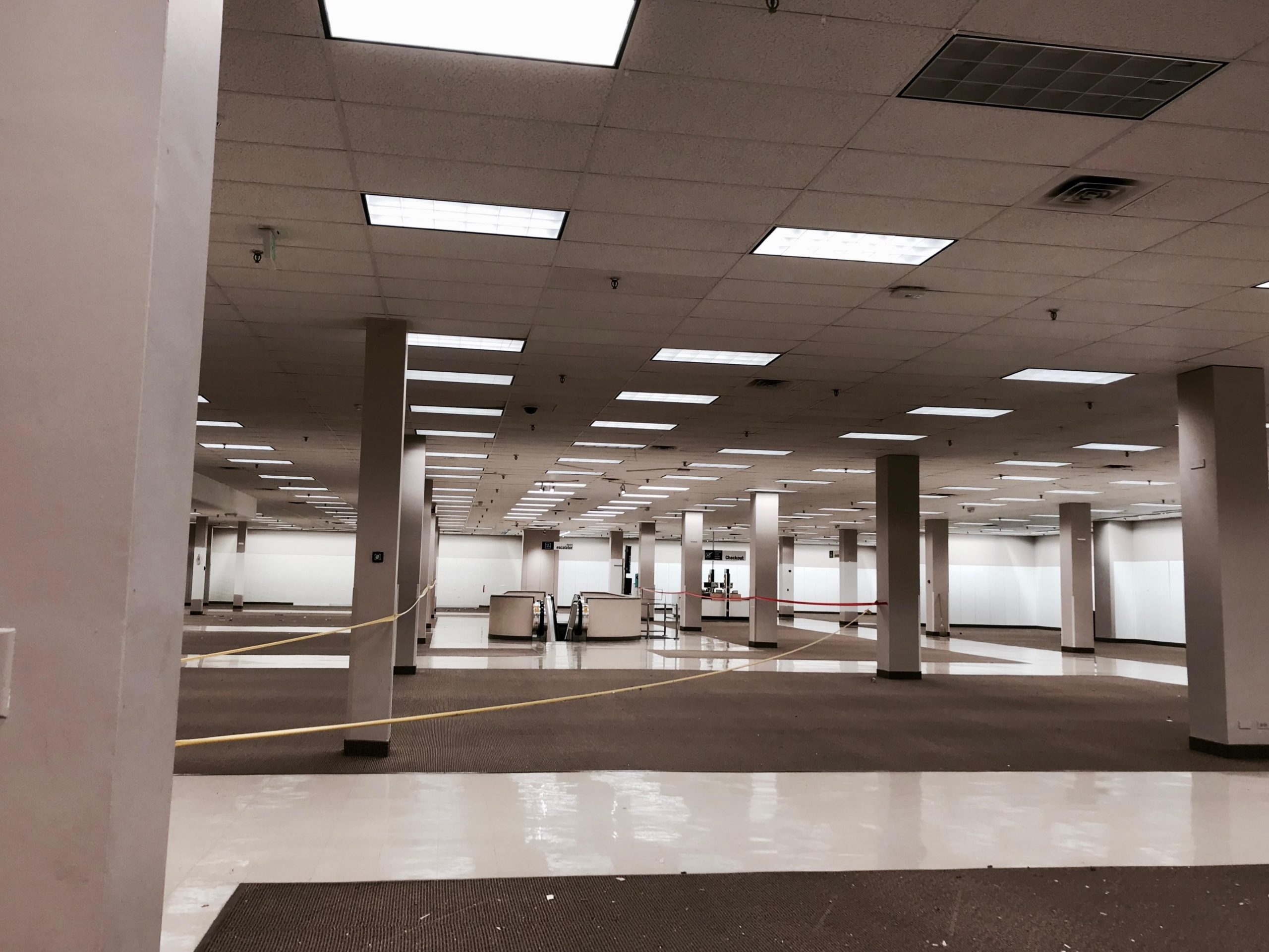
James Beard
Student at Chapman University, Orange, CA
An Abundance of Malls
In 2021, it is estimated that 1-in-3 malls and half of department stores across the nation will close permanently. 75% of all mall owners are considering repositioning mall spaces in the future. Malls typically generate a good chunk of local tax revenue but increasing vacancy is a problem that only keeps growing. Larger anchor tenants like JCPenny and Sears aren’t attracting the crowds they used to. Families don’t look to spend their days visiting the local mall anymore.
In the past, citizens believed having a mall is what turned their area into a city. Malls were…
- An indicator of economic success
- An engaging place to spend time and money
- A controlled, safe environment where people may interact with others
- A bastion of suburban life, providing an experience similar to what previous generations experienced in big cities
- Shaping the way Americans see themselves and how they’re viewed by others
An increase in globalization, e-commerce, and health considerations have shifted consumer behaviors. Shopping online offers a wider selection of goods and a convenient experience. Less overhead allows online retailers to offer products at reduced prices. Many malls that struggled to operate eventually became revitalized and turned into fulfillment centers by Amazon, the entity that brought about their decline.
These locations make good candidates for mixed-use developments consisting of gyms, hotels, creative and collaborative office spaces, education facilities, medical suites, and entertainment venues. Developers want to create synergistic, mixed-use spaces that bring malls back to the center of the community, with a focus on walkability, open-air spaces, and a mix of retail and entertainment spaces that lead to higher foot traffic.
Malls are an attractive opportunity for adaptive reuse given their…
- Large footprints and an oversupply of retail space
- Location, environment, and aesthetics
- Infrastructure already in place
- Close proximity to highways, public transportation, and entertainment centers
- Nearby communities providing employees and markets for new development
- Potential for live-work-play community
- Vast parking lots and open space
Historically, repositioning malls has been difficult with long leases that end at different times, but COVID-19 has only accelerated retailers leaving their spaces once leases terminate, which gives way to bigger planning with redeveloping the entire site. The next challenges are finding out what will drive consumers back to in-person shopping centers, what types of retail will gain popularity following the pandemic, and what it is communities are looking to gain from malls. Reviving these once animated locales is all just a matter of having the tenant mix-matching consumer demands.



